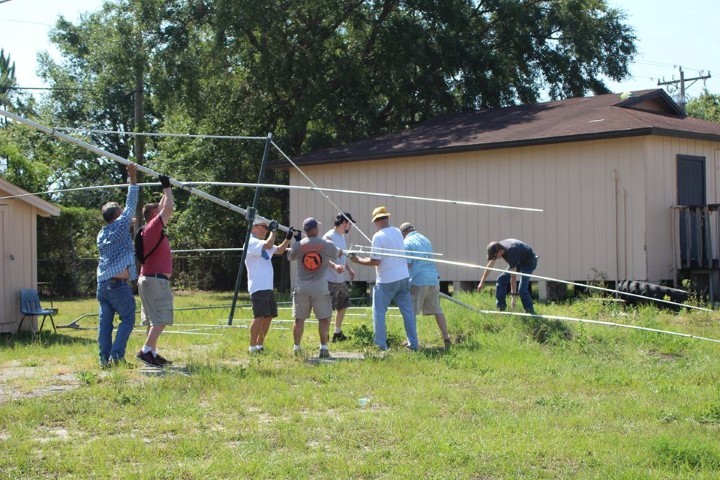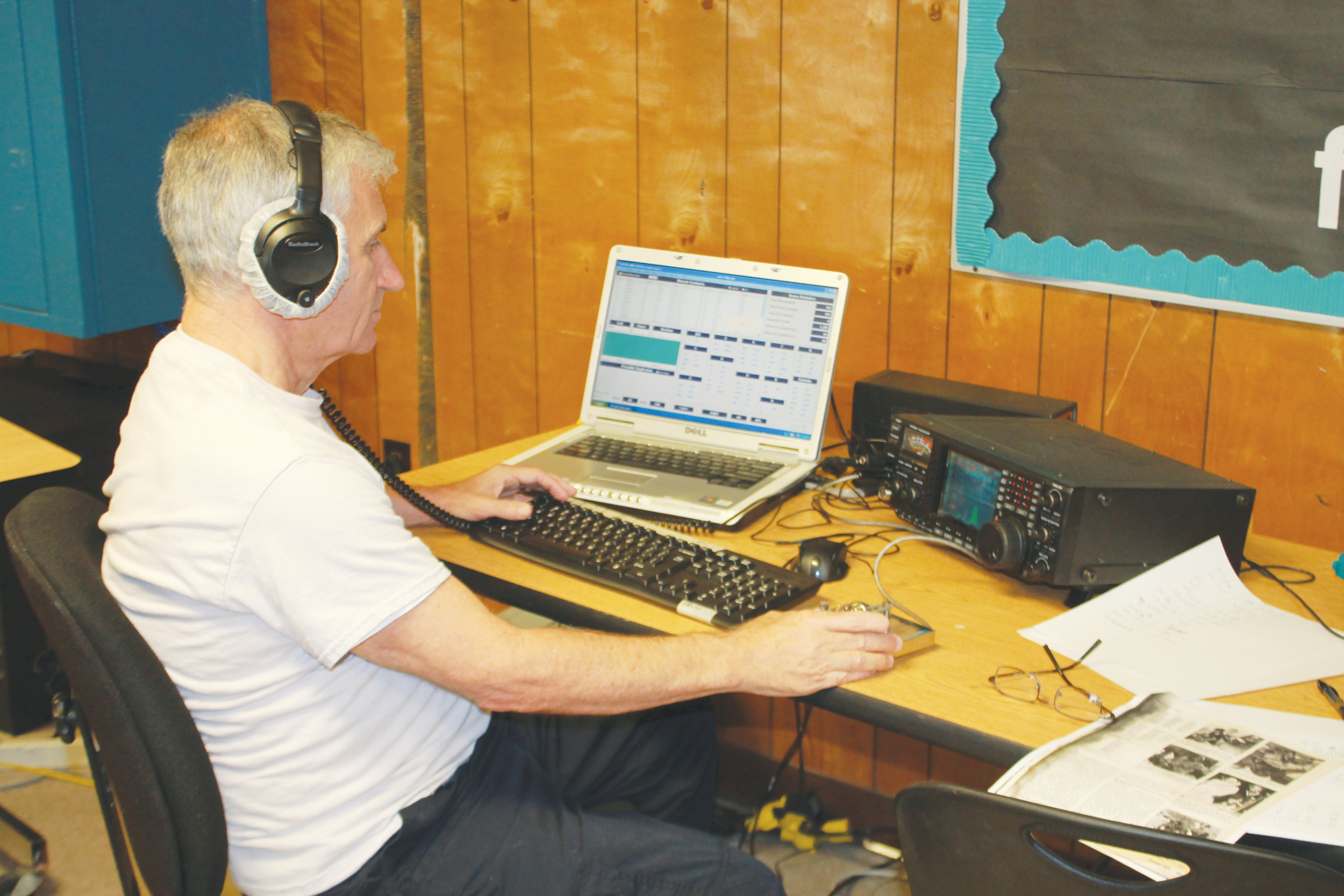The signal heard ‘round the world’
Ham radio alive and growing here
ORANGE PARK – Members of Clay County Amateur Radio Emergency Services and the Orange Park Amateur Radio Club recently hoisted up their 42-foot tall antenna outside of Orange Park High and set out …
This item is available in full to subscribers.
Attention subscribers
To continue reading, you will need to either log in to your subscriber account, or purchase a new subscription.
If you are a current print subscriber, you can set up a free website account and connect your subscription to it by clicking here.
If you are a digital subscriber with an active, online-only subscription then you already have an account here. Just reset your password if you've not yet logged in to your account on this new site.
Otherwise, click here to view your options for subscribing.
Please log in to continueDon't have an ID?Print subscribersIf you're a print subscriber, but do not yet have an online account, click here to create one. Non-subscribersClick here to see your options for subscribing. Single day passYou also have the option of purchasing 24 hours of access, for $1.00. Click here to purchase a single day pass. |
The signal heard ‘round the world’
Ham radio alive and growing here
ORANGE PARK – Members of Clay County Amateur Radio Emergency Services and the Orange Park Amateur Radio Club recently hoisted up their 42-foot tall antenna outside of Orange Park High and set out on a mission to make as many contacts as possible within the allotted 24 hours.
The exercise was part of the American Radio Relay League’s Annual Field Day, an event running continuously from 1 p.m. June 25 to 12 p.m. June 26, where thousands of amateur radio operators set up their gear in locations across the United States and Canada to test their emergency response skills. Since the first Field Day in 1933, the event has become the largest single emergency preparedness exercise in the country, with more than 35,000 radio operators taking part in 2015.
“Field Day gives us a chance to set up as if we were setting up in a real emergency event,” said Scott Roberts, the CCARES public information officer and an assistant emergency coordinator. “The object of making the contacts here is to make sure that we can test our equipment. Can we set up an antenna that will make the distance to California, but also cover here locally in Florida?”
While Field Day functions as an emergency preparedness exercise, it also serves to showcase just what amateur radio operators are capable of, and allows them to demonstrate the services that they provide to communities. Because they operate completely independent of the Internet or phone towers, ham radio operators are able to provide communications within minutes if other options fail in severe weather or natural disasters.
When Hurricane Katrina knocked out power across New Orleans in 2005, ham radio operators around the country were making contacts in Louisiana to ensure that emergency responders were able to communicate and have the supplies they needed.
Clay County Amateur Radio Emergency Services is trained to respond the same way. When the Clay County Sheriff’s Office had their power knocked out by a storm a few months ago, and then their generator was struck by lightning, the CCARES team was on standby, waiting to deploy their operators to restore communications between dispatch vehicles.
Clay County hams also provide their communication talents in non-emergency community events such as Bike MS, an annual bike ride from Ponte Vedra Beach to Daytona Beach and back that raises money for multiple sclerosis research and treatments.
“We offer communications along the 150-mile route, and that’s a two-day event for us. We’re in vehicles monitoring the route. If anybody’s bicycle falls off for some reason, we can help them out by offering communications because cell phones may not always work out there,” Roberts said. “We also support the Florida Striders for all their runs – we offer their communications along their routes.”
While Clay County Amateur Radio Emergency Services provides disaster communications help, the Orange Park Amateur Radio Club is the more casual side of the hobby. For them, amateur radio is more about learning meteorology, physics and electronics, having a chat with a stranger in Puerto Rico or Wales, or simply watching the wonder on a young boy’s face as he uses the radio to talk to his uncle several states away in Texas, as the club had the opportunity to do this Field Day.
As radio and Morse Code have been replaced by the Internet and texting, it’s reasonable to assume that amateur radio is well on its way to obscurity, but that couldn’t be farther from the truth, at least for Clay County’s clubs. Clay County Amateur Radio and Emergency Services has grown from 48 members to 72 members in the past two years alone, and the Orange Park Amateur Radio Club has recently grown to more than 100 members.
“A lot of the public doesn’t understand what ham radio is, because radio used to be your grandpa’s hobby,” Roberts said. “Nowadays, you see a lot of younger kids getting into it. Yesterday we talked to a licensed kid yesterday on the radio, he was seven years old working Field Day.”
Roberts also hopes that events such as Field Day can encourage more potential hams by dispelling the myth that amateur radio is an expensive, difficult hobby to get started in.
“You can get a license to become an operator as fast as you can study,” he said. “I know of one young boy who was on a radio for the first time at one of these events, but he studied and got his license the next weekend. Once you get your license, there are radios as inexpensive as $35. And it’s a real friendly community, we help each other out. If a kid comes in and wants to get his license, we’re going to help him get a radio. For $100, anyone can join the hobby.”
By the end of Field Day, CCARES and OPARC were able to make contacts in all 50 states and several Canadian provinces from their portable at Orange Park High. They made a total of 852 contacts, 304 voice contacts and 548 with Morse code.
For more information on Field Day, the Clay County Amateur Radio Emergency Services, or the Orange Park Amateur Radio Club, contact Scott Roberts at (904) 759-7812.
Photo of Dan Ahlskog sending out messages in Morse code













